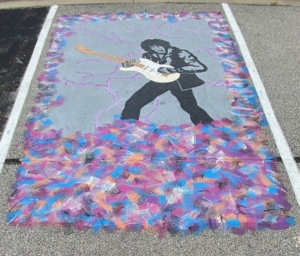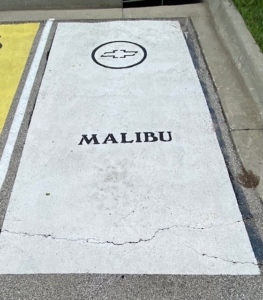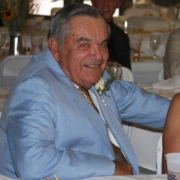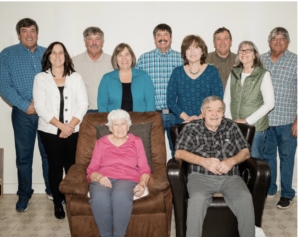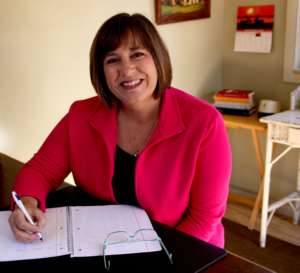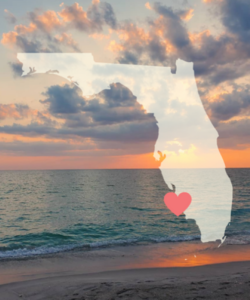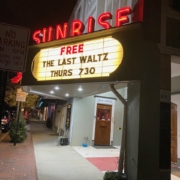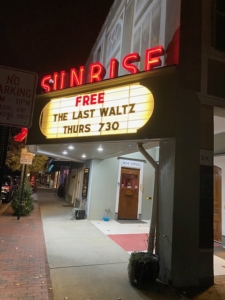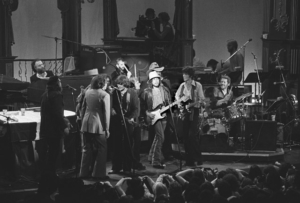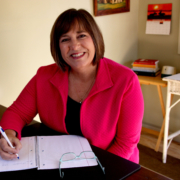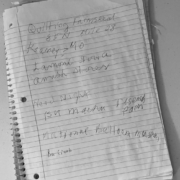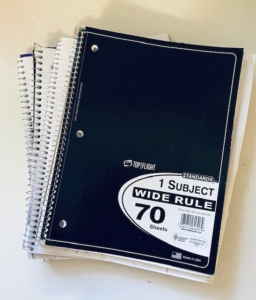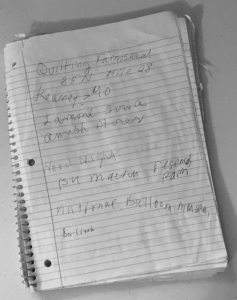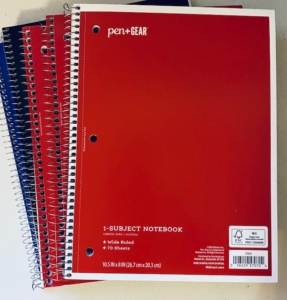The Classic Camel Coat
I gave away my winter coat. It was a long wool coat with generous sleeves, easy to fit over a bulky sweater or blazer. It was a classic style: Notched collar, button front, buttoned bands at the sleeves. It was camel colored. The same color as my dog. Some would call this coat ageless – my mother had one in the 60s. Hers was mohair. Mine was wool.
Having left my job in the business world, I no longer wore my classic camel coat, opting instead for a pack-able down number that I can stuff into my purse when needed. I donated my old coat during the winter coat drive last fall.
I bought the camel coat in 1995 to match our new dog, Millie, a golden retriever mix who shed year-round. My favorite long wool red coat was a magnet for her fur. The camel coat collected her fur too, it just didn’t’ show.
The coat served me well, but I never really loved the color. Tan, in general, washes me out. I prefer a red coat, or purple, or navy, or black – anything other than tan.
Years passed, jobs changed, my husband retired from the military and we stopped moving. It was time for a closet purge. I stripped hangers of glittery formal wear saved for the next military ball. I unclipped my skirt and jacket suits, brushed the dust off the shoulders, catching a whiff of the cologne I used to wear to work at my office job – it seemed like a lifetime ago.
I worked my way to the coats. I pulled two leather jackets, bought for a song when we lived in South Korea, excess raincoats, bought when caught in the rain while traveling, and hip length ‘tween season jackets. The last coat to go into the donation bag was my classic camel coat. I held it up to my body and looked in the mirror. Even though my skin has grown fairer as I’ve aged and my formerly dark brown hair has lightened with streaks of grey, camel still isn’t my color. Into the bag it went.
There were no second thoughts as I pulled the yellow tie cinching the plastic bag closed just as my husband came in. Patting the bag I said, “These can go to the coat drive.”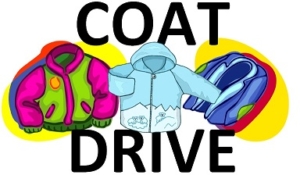
End of story, right?
Purges are often hard for me. I spent 26 years as a military wife moving every 2-3 years. With each move I gave up neighbors, houses, gardens, and social groups. I lost my dentist, hairdresser, and church community replacing them with new people at the next location. But I had my stuff.
The items I collected were familiar to me in their new surroundings. They helped make my new house feel like home. I became a maximalist collecting anything I loved, saving cards, letters, and love notes, acquiring twenty-eight chairs (the guy from the moving company told me he counted them!) I saved curtains and area rugs – one never knew when they might work in the next house. And I saved coats – after all, we lived in a variety of climates.
Millie, the camel-colored dog, passed away many years ago. I no longer find her fur on my sofa or in my car. I hadn’t worn my classic camel coat in 15 years. It was time to pass it on.
No regrets, right?
Well, no immediate regrets anyway, until I attended a nephew’s wedding on a cold day in January. I watched two young women come into the church together. They were the spouses of two of my other nephews who were groomsmen.
I enjoy being around 20 somethings. It’s fun to notice the styles they wear and hear the language they use. That day both women where dressed in tea length floral dresses. Trendy, I thought. Over their pretty dresses they were both wearing coats. Classic camel coats.What? Wait a minute – is the classic camel coat popular with young women? Did I give away my coat 2 months too soon? I felt a twinge of regret.
The January wedding was the beginning of an informal study. I began seeing classic camel coats everywhere! I saw young women in airports, bookstores, at the grocery market, even at the gas station wearing classic camel coats. The styling didn’t differ much from coat to coat although the length varied from hip length to mid-calf (like mine). One thing was certain, the classic camel coat was trending.
A few weeks ago, when a frigid polar vortex hung over Kansas, I thought about my donated coat. I’m always hopeful that my donated coats are keeping someone warm, but this year was different. I hoped that my coat was snatched up by a young woman on a budget, delighted in finding such a stylish coat.
I’m over the regret. At least I think I am, until I counted five sightings in one hour at the Kansas City Airport this morning.
Do you own a classic camel coat? If so, did you know you’re trending?
Barbara J. Eikmeier is a quilter, writer, student of quilt history, and lover of small-town America. Raised on a dairy farm in California, she enjoys placing her characters in rural communities.
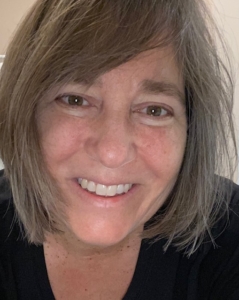


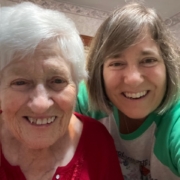
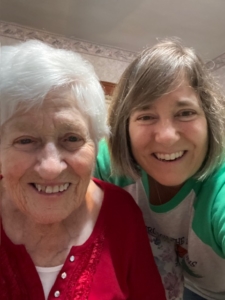
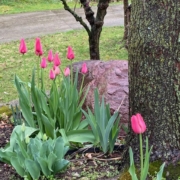
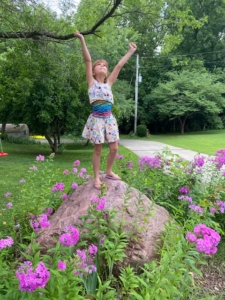
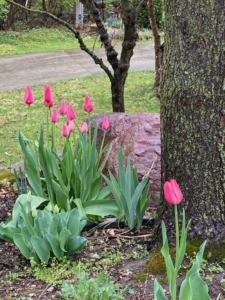

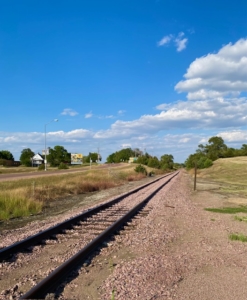
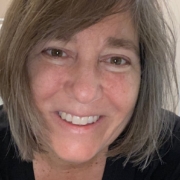 Barbara J. Eikmeier is a quilter, writer, student of quilt history, and lover of small-town America. Raised on a dairy farm in California, she enjoys placing her characters in rural communities.
Barbara J. Eikmeier is a quilter, writer, student of quilt history, and lover of small-town America. Raised on a dairy farm in California, she enjoys placing her characters in rural communities.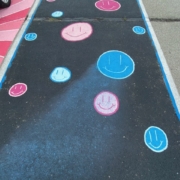
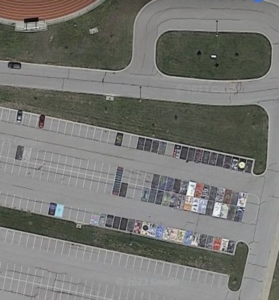
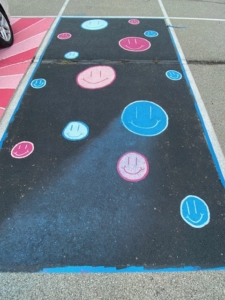
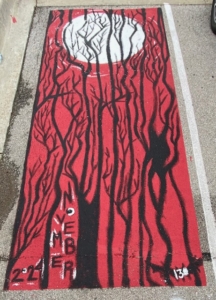 Football player’s numbers in bold block letters, favorite car brands, pop culture icons such as Pokemon and, new this year, Hi Barbie, and of course “Class of 2024” everywhere. The trending themes, popular colors, and school pride splashes across the parking lot in a sort of “controlled graffiti”.
Football player’s numbers in bold block letters, favorite car brands, pop culture icons such as Pokemon and, new this year, Hi Barbie, and of course “Class of 2024” everywhere. The trending themes, popular colors, and school pride splashes across the parking lot in a sort of “controlled graffiti”.